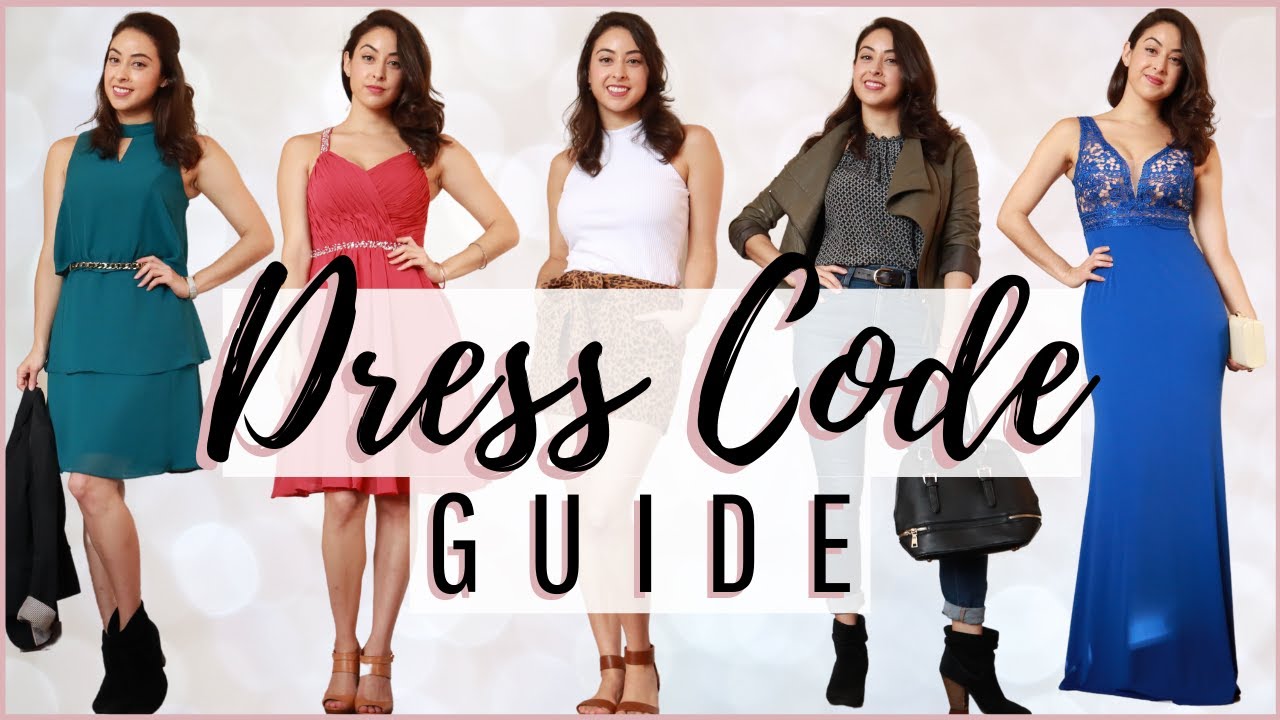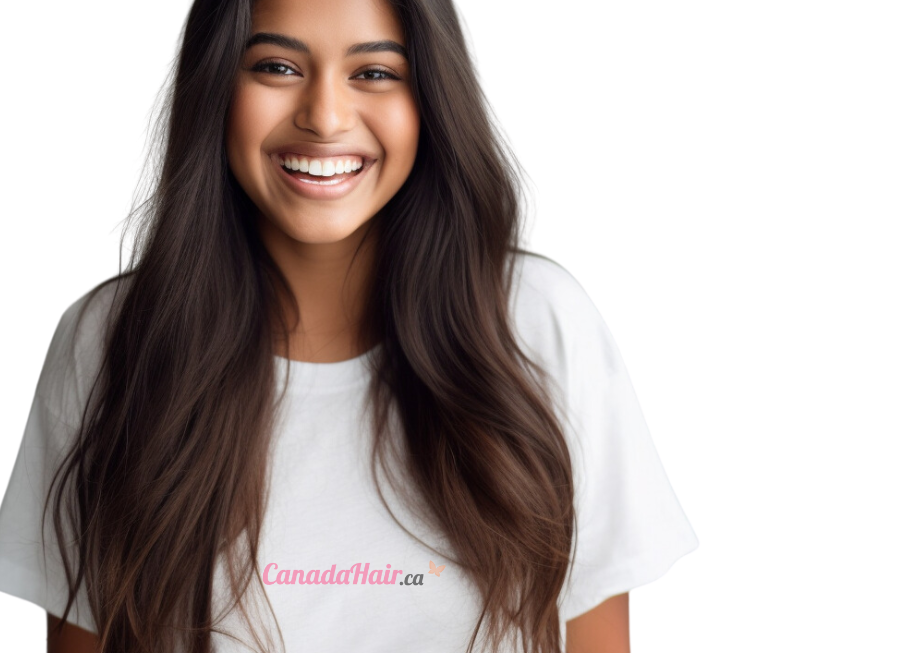You want to tell your friends about a dress that you discovered on your last shopping tour or that you recently bought, but you really don’t have the words to describe it. Perhaps you recall a few less-than-flattering phrases for body types to describe it or resort to simple hand gestures, either way, it’s not very effective. So that you won’t be left speechless in the future when you want to describe your new favorite dress, I have put together a small list for you, with which I would like to guide you through the different types of dress cuts. So what types of clothes are there?
A-LINE DRESS
The A-line refers to those dresses that have narrow shoulders, but whose contour then widens continuously to the hem – just like the capital letter A. The A-line cut is one of the most used in the fashion sector, especially in the business segment.
Who does it suit?
Women with strong thighs, as the A-line is super concealing
Who doesn’t it suit?
Women with a rather large bust size and broad shoulders
Accessories/shoes that go with it:
Anything goes! Flat sandals or high heels, sneakers or booties, almost any shoe shape goes with the A-line. When it comes to accessories, everything that underlines the wide, swinging shape of the dress is recommended: long chains, light shoulder bags, or flowing scarves.
ASYMMETRICAL DRESS
Dresses with an asymmetrical hem look playful and often fall loosely and dynamically. Dresses with an asymmetrical cut include diagonally cut dresses and also the so-called mullet dresses, which are short in the front and long in the back. Asymmetric dresses come in all lengths and shapes, but they tend to be midi dresses and knee-length dresses with a more girly cut.
Who does it suit?
Young women
Who doesn’t it suit?
Everyone who is looking for serious clothes
Accessories/shoes go with it:
Depending on the length, sneakers, as well as sandals or ballerinas are great. When it comes to accessories, you can be playful.
BABYDOLL DRESS
Babydoll dresses are short, airy dresses with an empire cut. The waistline sits just below the bust, so the hemline falls wide and airy to about thigh height. Babydolls are usually strapless or have narrow spaghetti straps. This makes the babydoll dress very girly and is mostly worn by young women.
Who does it suit?
Young, slim women
Who doesn’t it suit?
Women with a broad torso
Accessories/shoes go with it:
Flat sandals underline the casual look. With high heels, on the other hand, you achieve a more serious look.
CHARLESTON DRESS
The Charleston cut is THE cut of the 1920s. Sleeveless, straight and loosely cut with a generally lowered waistline, mobility and comfort were the top priorities for this cut.
Who does it suit?
Slim women
Who doesn’t it suit?
Women with strong upper arms or strong thighs
Accessories/shoes that go with it:
Flat sandals or high pumps are best. When it comes to accessories, classic 1920s items such as headbands or fringed scarves are a great fit.
Maxi dress
As the name suggests, it is a dress with a maximum length. That is, the dress either reaches to the ankles or is floor-length. In addition, a distinction is made as to whether the style has a continuous cut or whether the top is separated from the skirt with the help of a cut seam. The latter advantageously emphasizes the feminine silhouette.
Who does it suit?
Tall slender women, but petite women can also pull it off
Who doesn’t it suit?
Women with broad upper arms or broad thighs
Accessories/shoes that go with it:
A retro look can be achieved with maxi dresses by combining flat sandals made of leather, suede, or imitation leather with lacing and pom-poms or mules with rivets, fringes, and other playful details.
EMPIRE DRESS
In this fashion classic, the upper part, which usually has a wide décolleté, merges into a dart that is gathered directly under the breasts. From there, the empire cut falls wide down to the knee or in the long, classic version to the ankle.
Who does it suit?
Women with a slim torso and expansive hips and thighs
Who doesn’t it suit?
Women with hourglass figures
These accessories/shoes that go with it:
High heels visually lengthen the body, as do long necklaces.
I LINE DRESS
The “I” is like the “H”, but the I extends much deeper than the model named after its preceding letter, usually even to the ground. If the I-line doesn’t end narrowly at the bottom but extends from the middle shin in flounces or ruffles, this is called the mermaid cut.
Who does it suit?
Curvy and tall women
Who doesn’t it suit?
Petite women
Accessories/shoes go that with it:
Open high heels or sandals
O-LINE DRESS
The O-line is also unflatteringly called the sack dress and is also an invention of the 1950s. Instead of showcasing the female curves, the O-line prefers to show itself off. The widest part of the dress is at the hips and waist, the dress narrows towards the bottom giving it the typical round O-shape.
Who does it suit?
Curvaceous women, who generally wear plus size tops
Who doesn’t it suit?
Petite women
Accessories/shoes that go with it:
Shoes with platforms go great with the O-line. When it comes to accessories, it is best to go for anything that emphasizes length, such as long necklaces, scarves, or bags with long straps.
TRAPEZE DRESS
Not to be confused with maxi dresses, trapezoids are more fabric-intensive versions of the A-line. The narrow shoulder section usually extends well below the knee and is often combined with a skirt dart at the waist. Trapeze dresses often have sleeves, also with sweeping flounces.
Who does it suit?
Women with narrow shoulders
Who doesn’t it suit?
Women with a broad torso
Accessories/shoes that go with it:
For the sporty look denim jacket and chunky sneakers, the look becomes more elegant with pumps or sandals.
X LINE DRESS
Often referred to as the hourglass cut, the X-line dress is an icon of the 1950s. It features a wider shoulder and tapers in at the waist just to further dramatize the imposing fanning out of the lower half of the dress that follows. As a rule, X dresses end at about knee height.
Who does it suit?
All, but especially curvy women
Accessories/shoes that go with it:
Be sure to wear heels, elegant pumps are best.



